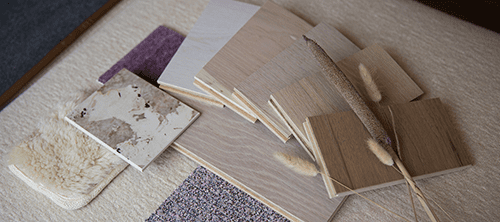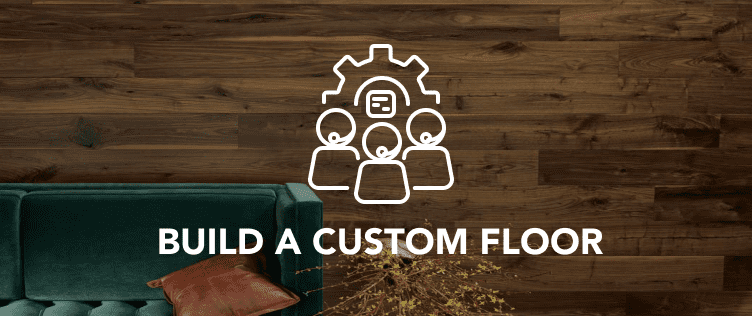If your question is not answered here, help is just a phone call or email away.
Sound Control Solutions for Your New Home
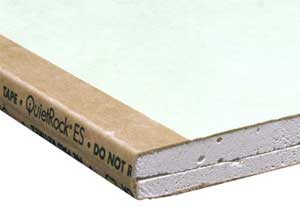
Can you answer “YES” to any of these questions?
- Do you have children?
- Will your secondary living spaces be above your primary living spaces (i.e., bedrooms above the kitchen)?
- Will you have an entertainment/recreation room or playroom?
- Will you have a home theatre?
- Will you have a home office?
- Will you install an HVAC system?
- Do you or your children play musical instruments?
If you answered “Yes” to any of the questions above, then you should consider sound control technology in your new home or space. Sound control isn’t just for high-rises and condos; incorporating this kind of technology into your construction plans can improve the quality of your home and your day-to-day satisfaction.
Early Planning
It’s important to think about sound control technology early on and to incorporate it into the architectural drawings. While this post will focus mostly on sound control within the home, you may also want to consider it outside the home, especially if you live near a busy highway, road or airport. There are a number of resources on the internet to help you with that research.
The methods or approaches you use may affect the overall construction of the home. For example, sound control efforts made under wood floors might affect the thickness of your subfloor, which could then impact your stair construction, cabinet and door installation, etc. The sound-proofing you choose for your walls may affect the type of material, source and potential sub-contractor your builder uses.
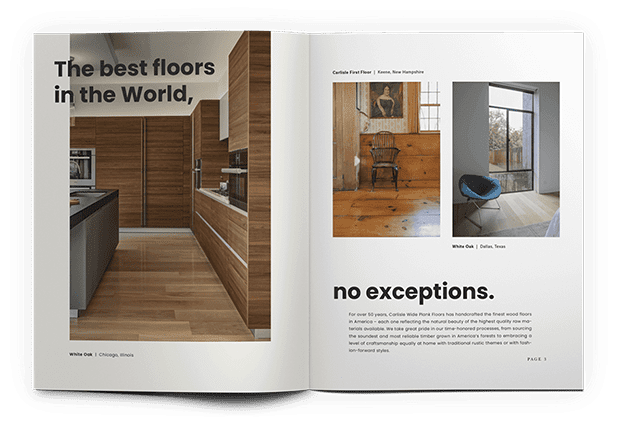
Endless Inspiration for the Floor of Your Dreams
GET DESIGN BOOKDoors & Walls
The construction and selection of your doors and walls can have the largest effect on the sound control of your home or room, and it may involve more than just adding multiple layers of drywall or insulation. Here are a couple of methods to consider:
Solid-Core Doors
 Unlike hollow doors, solid-core doors naturally minimize sound transference from room to room.
Unlike hollow doors, solid-core doors naturally minimize sound transference from room to room.
Drywall Engineered for Sound Absorption
There are a number of drywall products available for sound absorption. QuietRock, the first company to introduce sound absorbing drywall to the marketplace, offers a product in a variety of sizes and thicknesses. You can download the data sheet, obtain detailed specs and more at their website.
Gree nGlue
nGlue
GreenGlue is a special sound-absorbing glue that can be applied to floors, walls and ceilings, and drywall in general to enhance sound absorption. View their electronic product guide for an overview of products, applications and case studies.
Wall-Framing
There are modifications you can make to your wall-framing to help deaden sounds. One method is Double Wall Framing, which creates a large hollow space between walls to absorb sound before it makes its way into the next room.
 Another approach is Stagger Stud Wall Framing, which offsets studs from each other, creating a channel of space that minimizes sound transference.
Another approach is Stagger Stud Wall Framing, which offsets studs from each other, creating a channel of space that minimizes sound transference.
You can also use specifically designed products, like QuietZone Acoustic Wall Framing. Another great product for just about any room in the house is the Solserene Fabric Ceiling System. This minimizes sound transmission between areas, such as a kitchen and bedroom located one on top of the other, or can create a quiet space for a busy home office.
 With so many products available on the market, it might be hard to narrow down which are right for you. QuietZone by OwensCorning has the solution! Check out their LifeStyle Designer Tool; it will walk you through a series of questions to understand your needs and prepare individualized product recommendations from the complete line of QuietZone products.
With so many products available on the market, it might be hard to narrow down which are right for you. QuietZone by OwensCorning has the solution! Check out their LifeStyle Designer Tool; it will walk you through a series of questions to understand your needs and prepare individualized product recommendations from the complete line of QuietZone products.
Sound Locks
If you have just one room that is going to present the most sound — for example, a movie theatre, studio or rec room — you can incorporate a Sound Lock area into your construction. This is a small entryway with one door to the “loud” room and another to the main areas of the home. Because this construction creates excess space between the two, sound is naturally diffused.
Sound Control Panels
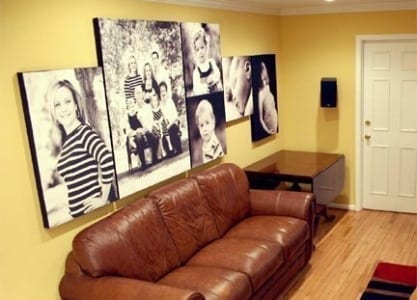 Sound control technology doesn’t have to be hidden behind walls. There are many companies that make decorative wall panels that serve as both art and as a means to minimize sound. Acoustical Solutions, for example, developed panels printed from family photos.
Sound control technology doesn’t have to be hidden behind walls. There are many companies that make decorative wall panels that serve as both art and as a means to minimize sound. Acoustical Solutions, for example, developed panels printed from family photos.
And if you’re looking for more ideas, Houzz.com has a great collection of idea books to help. The good news is the options are almost endless!
Wood Flooring
Wood flooring is the most popular floor covering in the market but it can have a high sound transmission rate compared to other products. That may be effectively controlled by implementing the right sound absorption technology, such as specific adhesives prior to and during installation or by installing specially designed mats prior to installation.
There are a number of adhesives on the market to help control sound. They include SikaAcouBond System and Mapei Ultrabond ECO 985. It’s important to note that not all adhesive products may be suitable for your installation or for the type of wood flooring you choose. For example, some adhesives may only work with engineered hardwood flooring. Be sure to review technical data sheets and installation documents prior to selecting a product.
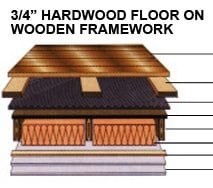 You can also incorporate sound-deadening mats into your subfloor system, like this one from Acoustical Surfaces. As you see, the acoustical pad, represented by the black layer in the image, is sandwiched between plywood and firring strips, on top of which the hardwood flooring is installed in a perpendicular fashion to allow for proper blind-nailing.
You can also incorporate sound-deadening mats into your subfloor system, like this one from Acoustical Surfaces. As you see, the acoustical pad, represented by the black layer in the image, is sandwiched between plywood and firring strips, on top of which the hardwood flooring is installed in a perpendicular fashion to allow for proper blind-nailing.
When researching sound-deadening mats, be sure to ask about the thickness of the products compared to the planned thickness of your solid wood flooring or engineered wood flooring, so that you can plan for proper installation of your floor with blind-nailing and gluing. You’ll want to make sure that the fasteners will penetrate the flooring and the subfloor for maximum holding power, and that the mat won’t upset the performance of the adhesive.
HVAC/Electrical/Lighting Systems
When planning how best to control sound in your home, don’t forget about other, mechanical details like your HVAC system, electrical and lighting plans.
HVAC systems are often overlooked, but it is possible to design a quieter system. This can be done with a specially-lined baffle box installed at the beginning and end of HVAC units. Air flow through your HVAC system can also create noise, which may be minimized by installing a diffuser in the rooms where the air will be released. In addition to acoustic panels, Acoustical Solutions has a number of products just for the HVAC system, including pipe and duct lag, plenum silencers, duct liners and more.
 When it comes to lighting and electrical outlets, you’ll want to think about where and how these items are going to be installed. The team at Rives Audio recommends creating soffits to hold lighting and electrical wiring as well as HVAC ductwork. They also recommend using sealed electrical boxes, and to consider track lighting over recessed lighting.
When it comes to lighting and electrical outlets, you’ll want to think about where and how these items are going to be installed. The team at Rives Audio recommends creating soffits to hold lighting and electrical wiring as well as HVAC ductwork. They also recommend using sealed electrical boxes, and to consider track lighting over recessed lighting.
According to industry experts in sound control technology, one frequently forgotten detail is sealing visible joints in the room. This is especially important with electrical and lighting fixtures that produce seams in the walls and ceilings.
Sound control technology may not be the most exciting part of designing your home. Picking out cabinets, paint colors and wood floors is definitely a lot more fun. But it may be an important consideration to ensure your home is comfortable for all family members, whether you are throwing a holiday celebration while putting your children down for the night, or trying to prepare dinner as your son practices with his band in the basement.
– – – – – –
Have you included sound control technology in your home? What products did you use?


